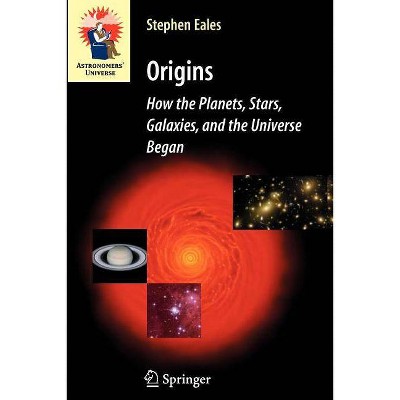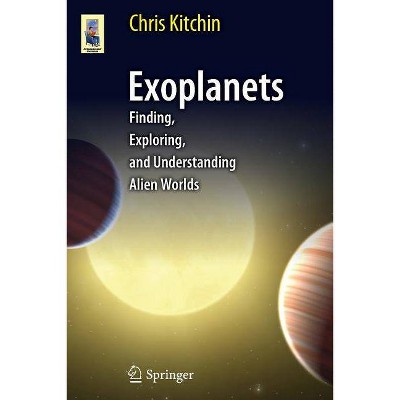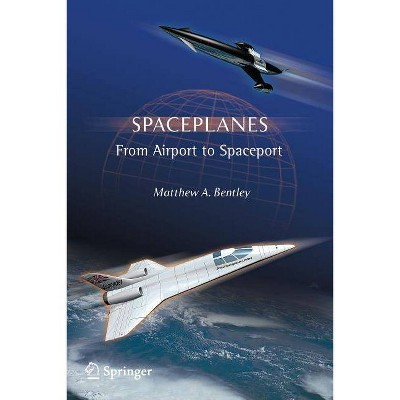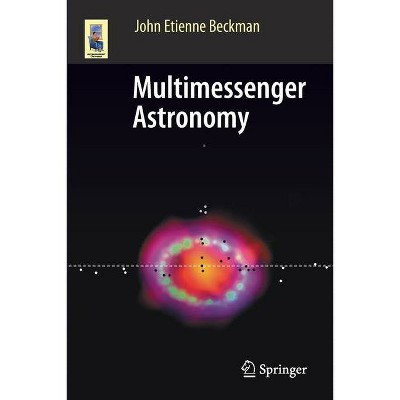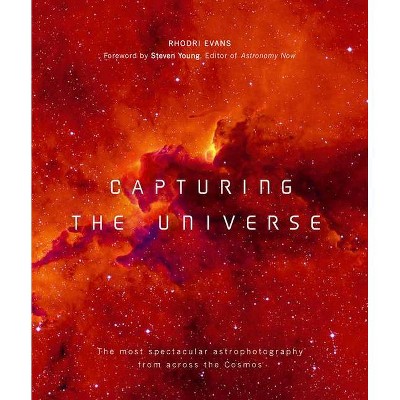The History of the Universe - (Astronomers' Universe) by David H Lyth (Paperback)
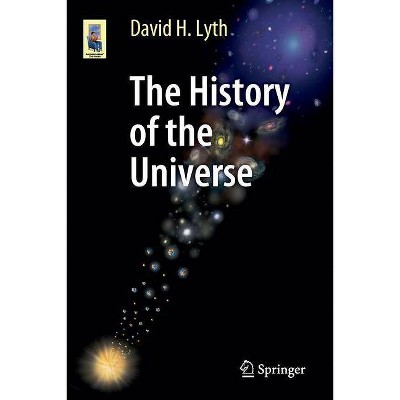
Similar Products
Products of same category from the store
AllProduct info
<p/><br></br><p><b> Book Synopsis </b></p></br></br><p>This book gives an accessible account of the history of the Universe; not only what happened, but why it happened. An author of textbooks on the early Universe and inflation, David Lyth now explains both cosmology and the underlying physics to the general reader. The book includes a detailed account of the almost imperceptible structure in the early Universe, and its probable origin as a quantum fluctuation during an early epoch known as the epoch of inflation. It also explains how that early structure is visible now in the cosmic microwave radiation which is our main source of information about the early Universe, and how it gave rise to galaxies and stars.</p><p>The main text of the book assumes no knowledge of mathematics or physics so that it is accessible to everybody, while an appendix contains more advanced material. As a result the book will be useful for a wide spectrum of readers, including high-school students, undergraduates, postgraduates and professional physicists working in areas other than cosmology. It will also serve as "additional reading" for university courses in general astronomy, astrophysics or cosmology itself. </p><p/><br></br><p><b> From the Back Cover </b></p></br></br><p>This book gives an accessible account of the history of the Universe; not only what happened, but why it happened. An author of textbooks on the early Universe and inflation, David Lyth now explains both cosmology and the underlying physics to the general reader. The book includes a detailed account of the almost imperceptible structure in the early Universe, and its probable origin as a quantum fluctuation during an early epoch known as the epoch of inflation. It also explains how that early structure is visible now in the cosmic microwave radiation which is our main source of information about the early Universe, and how it gave rise to galaxies and stars.</p><p>The main text of the book assumes no knowledge of mathematics or physics so that it is accessible to everybody, while an appendix contains more advanced material. As a result the book will be useful for a wide spectrum of readers, including high-school students, undergraduates, postgraduates and professional physicists working in areas other than cosmology. It will also serve as "additional reading" for university courses in general astronomy, astrophysics or cosmology itself. </p><p></p><p/><br></br><p><b> Review Quotes </b></p></br></br><br>"This is an exceptionally good example of scientific writing in the short format, as exemplified by Jeans, Eddington, Hoyle, and Hawking. Armchair astronomers will surely like this book ... . I recommend it to those in high school aspiring to study for degrees in physics and astronomy, as well as the instructors of their first-year courses. The book delivers a big boost for the power of physics to aid our understanding of the Universe." (Simon Mitton, The Observatory, Vol. 136 (1255), December, 2016)<p></p><br><p/><br></br><p><b> About the Author </b></p></br></br>David Lyth is an Emeritus Professor of Physics at Lancaster University. He has made several key advances in cosmology and was awarded the 2012 Hoyle medal by the Institute of Physics. Prof Lyth has written two cosmology textbooks with Andrew Liddle: "Cosmological Inflation and Large Scale Structure" (2000) and "The Primordial Density Perturbation" (2009).
Price History
Price Archive shows prices from various stores, lets you see history and find the cheapest. There is no actual sale on the website. For all support, inquiry and suggestion messagescommunication@pricearchive.us

